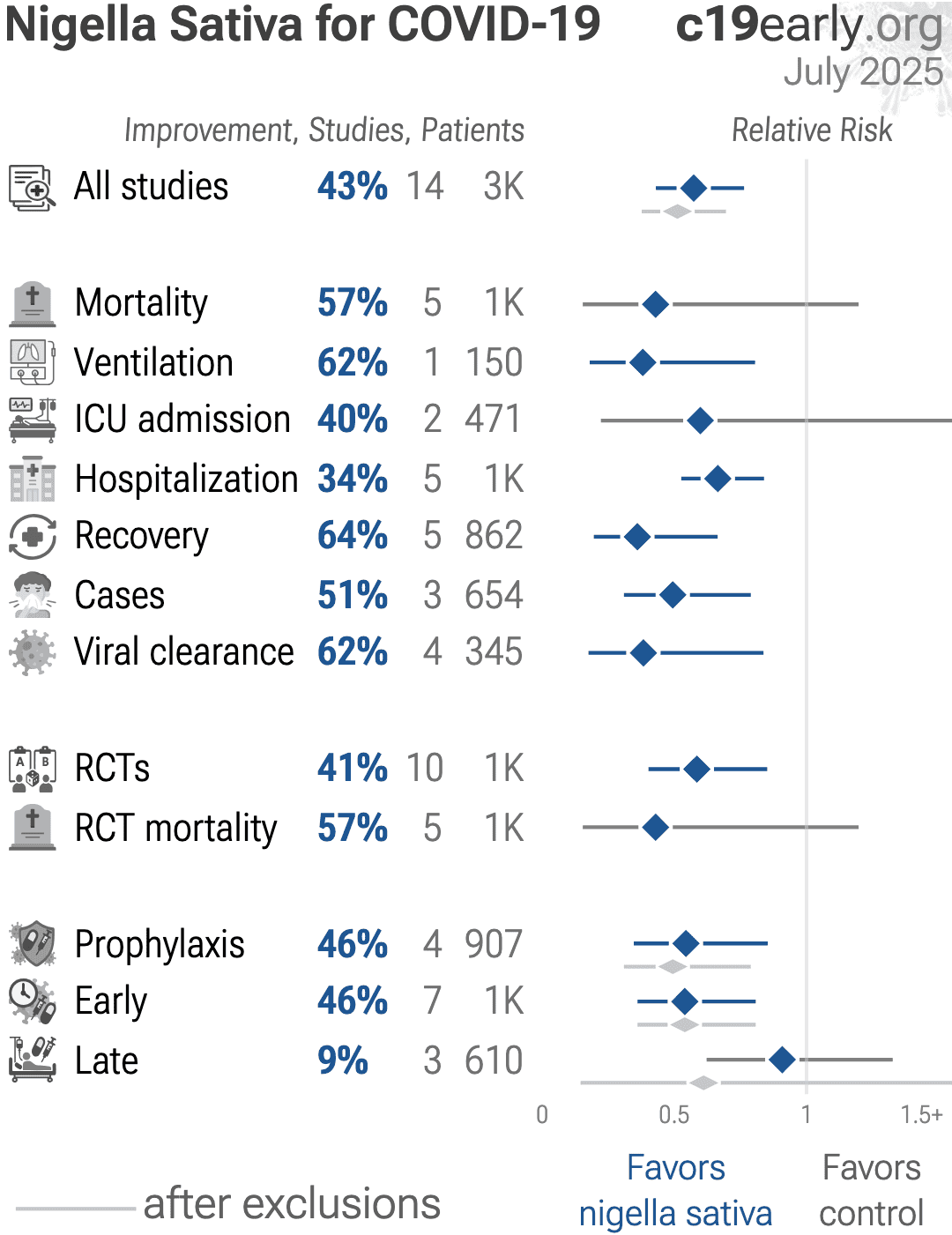The date of Easter Sunday is a remarkable tapestry woven from the celestial motions of the moon and the steadfast traditions of the Christian Church. This intertwining of natural phenomena and religious observance not only highlights the profound connection between faith and the cosmos but also reveals the complexities involved in determining one of Christianity’s most sacred celebrations. The essence of Easter, a celebration of resurrection and renewal, is echoed in its dynamic calendar—a celebration that ebbs and flows like the lunar phases themselves.
To comprehend how Easter’s date is ascertained, one must first turn to the ancient practice of the ecclesiastical approximation of the March equinox. This singular event, when day and night are of equal length, marks a pivotal moment in the yearly cycle of nature. The Church traditionally recognizes the March equinox as occurring on March 21, although astronomically, it can vary by a day or more. This juxtaposition of the tangible celestial calendar with ecclesiastical custom creates the initial framework for determining Easter’s date. The alignment of creation with divine mystery is an interplay that speaks volumes about the faith of those who seek the resurrection at this time each year.
The Church established a formula to calculate Easter Sunday, which is known as the Paschal Full Moon. This ancient method posits that Easter is celebrated on the first Sunday following the first full moon occurring on or after the vernal equinox. This means that Easter can fall anywhere between March 22 and April 25, a time that parallels the transition from winter’s barrenness to spring’s overflowing abundance—an apt metaphor for the Christian promise of resurrection and hope.
The moon serves not only as a method of timekeeping but also as a symbol within the Christian tradition. Its cycles reflect the rhythm of spiritual life; just as the moon waxes and wanes, so too does the human experience have its own ebbs and flows. The waxing moon, representing growth and illumination, can be likened to the process of spiritual enlightenment and renewal that believers undergo leading up to Easter. The full moon, with its radiant glow, symbolizes the peak of this spiritual ascendancy, encapsulating the joy of the resurrection. Easter, then, emerges not just as a date on a calendar but as a profound acknowledgment of hope resurrected from darkness.
Moreover, this intricate calculation encompasses deeper layers of significance, interlacing biblical narratives with the rhythms of nature. The selection of the time frame for Easter resonates with the biblical account of the Passover, which is also rooted in lunar cycles. The Last Supper, traditionally understood as the Passover meal, frames the resurrection narrative within a context steeped in Jewish tradition. This heritage conveyance invites Christians into a richer understanding of their faith, one that draws upon the shared histories of Judaism and Christianity, bonding believers across ages.
As Christianity spread throughout the globe, the variation in lunar observations and local customs played a pivotal role in how Easter was celebrated. Different cultures adapted their unique traditions, contributing to the diverse tapestry of Easter celebrations. In some regions, the resurgence of life marked by the arrival of spring is commemorated with colorful eggs—a symbol of new life—and joyous feasting. Here, cultural expression shines through, revealing the multiplicity within the singular celebration of Christ’s resurrection.
This interplay of tradition and timing is further enriched by the Church’s role in standardizing what could otherwise be a chaotic multitude of celebrations. The Council of Nicaea in 325 AD sought to unify the date of Easter, emphasizing the importance of celebrating Christ’s resurrection in a harmonious manner across the Christian world. The decision taken at Nicaea not only anchored the ecclesiastical calendar but also highlighted the Church’s pastoral responsibility to guide the faithful in matters of worship and tradition.
In contemporary Christian practice, the celebration of Easter remains a focal point, uniting congregations in a powerful demonstration of faith. The resonance of the moon’s phases can still be felt, as Christians around the world gather to commemorate the resurrection—a powerful reminder that life triumphs over death, light over darkness.
Thus, the date of Easter Sunday encapsulates a grand narrative—that of creation, tradition, and faith. The moon serves as both a celestial guide and a spiritual metaphor, inviting believers to reflect upon their own journeys of faith. Like the moon’s phases that signal change, Christians are reminded that they, too, are participants in a divine cycle of rebirth and renewal.
In conclusion, the determination of Easter Sunday through lunar phases and ecclesiastical tradition offers a profound exploration of the interconnectedness of the cosmos and Christian faith. Each year, as the first blooms of spring herald the resurrection of Christ, believers are invited to partake in a celebration that transcends mere chronology. Easter becomes more than a date; it evolves into a timeless reminder of hope, a celestial affirmation of faith, and a celebration of the intricate tapestry that binds God’s creation to the divine promise of new life.



